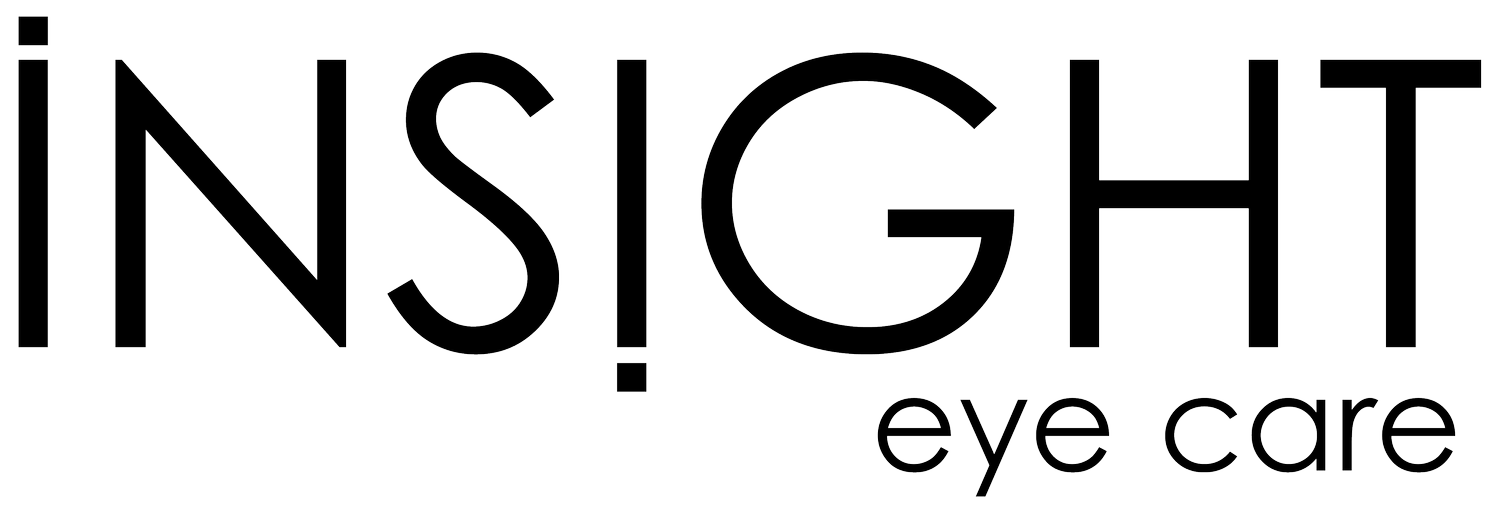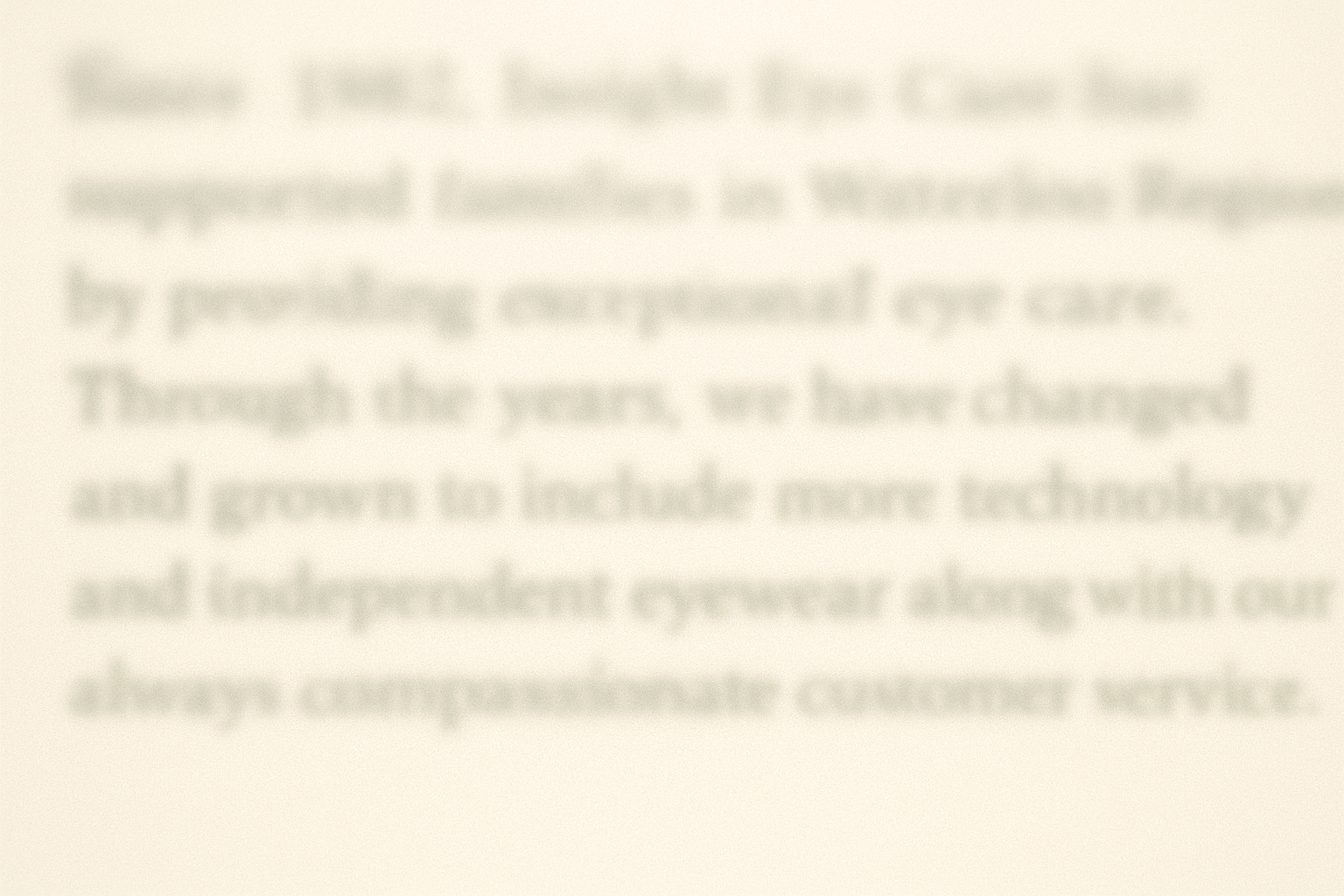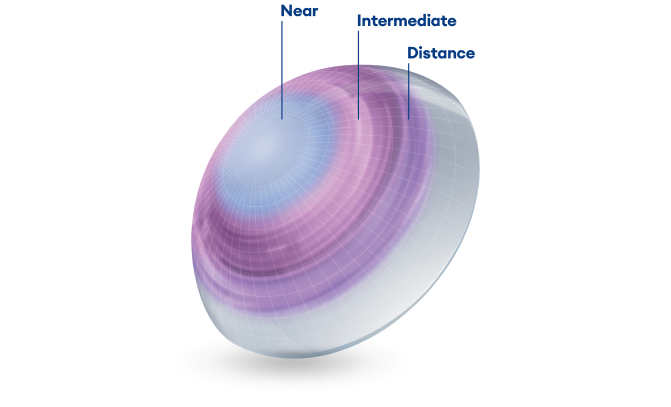Say Goodbye to Reading Glasses: Contact Lens & Eye Drop Options for AGING EYES
Dr. Cassandra Bendall H.B.Sc., O.D., Jordyn Tull & Elizabeth Chiu, Optometry StudentS
Struggling to read the fine print? You are not alone. Many people begin to notice changes to their near vision in their early forties. Reading a book, checking a menu, or looking at labels on food products at the grocery store require extra effort and better lighting. This common phenomenon, known as presbyopia, is a natural part of the eye’s aging processes and impacts nearly everyone.
While reading glasses, bifocals and progressive lenses remain the most common ways to manage presbyopia, they are not always the most convenient or preferred option. Many have already turned to monovision and multifocal contact lenses as an alternative to glasses, offering increased flexibility in daily life. Now, a new promising solution is on the horizon - VIZZ, a presbyopia correcting drop. Both treatments may offer a simple, non-invasive way to improve near vision, offering greater freedom without the need for glasses.
Contact Lenses
Contact lenses are thin, clear discs that sit on the surface of the eye to correct vision. While they’re commonly used for distance vision, special designs can also help improve near vision.
Monovision contacts take advantage of the eye’s natural dominance. One lens (typically worn in the dominant eye) is set for distance vision, while the other is adjusted for near tasks like reading. Over time, the brain adapts and automatically uses the appropriate eye for each distance.
Multifocal contacts, like bifocals or progressives, contain multiple prescriptions in a single lens to help you see clearly at different distances. These prescriptions may be arranged in concentric rings (like a bullseye), aspheric zones for a smooth transition between distances, or segmented designs with a reading zone at the bottom. With regular use, your brain naturally learns to select the right focus depending on where you're looking—near, far, or in between.
Eye Drops
A promising new solution emerging in the United States is a once-daily prescription eye drop designed to improve near vision for up to 10 hours. VIZZ is the first FDA-approved eye drop containing aceclidine, a compound that works by gently constricting the pupil. A smaller pupil creates a pinhole effect, enhancing near vision by increasing depth of focus, without significantly affecting distance vision. The drops are preservative-free and come in convenient, single-dose vials. Reported side effects may include temporary dim or darkened vision, mild irritation, and headaches.
While VIZZ is not yet available in Canada, our optometrists are keeping an eye out for when this innovative treatment will become available.
Book an appointment with one of our optometrists today to determine which correction option is most suitable for your vision needs and lifestyle!
-
American Academy of Ophthalmology. (2023). What is monovision/blended vision? Retrieved October 22, 2025, from https://www.aao.org/eye-health/treatments/what-is-monovision-blended-vision
Remón, L., Pérez‑Merino, P., Macedo‑de‑Araújo, R. J., Amorim‑de‑Sousa, A. I., & González‑Meijome, J. M. (2020). Bifocal and multifocal contact lenses for presbyopia and myopia control. Journal of Ophthalmology, 2020, Article 8067657. https://doi.org/10.1155/2020/8067657
LENZ Therapeutics. (n.d.). VIZZ™ eye drops [Web page]. https://www.VIZZ.com/
-
Images generated with ChatGPT (DALL·E) by OpenAI
Multifocal Contact Lens: https://www.myalcon.com/professional/contact-lenses/monthly/total30-multifocal/



